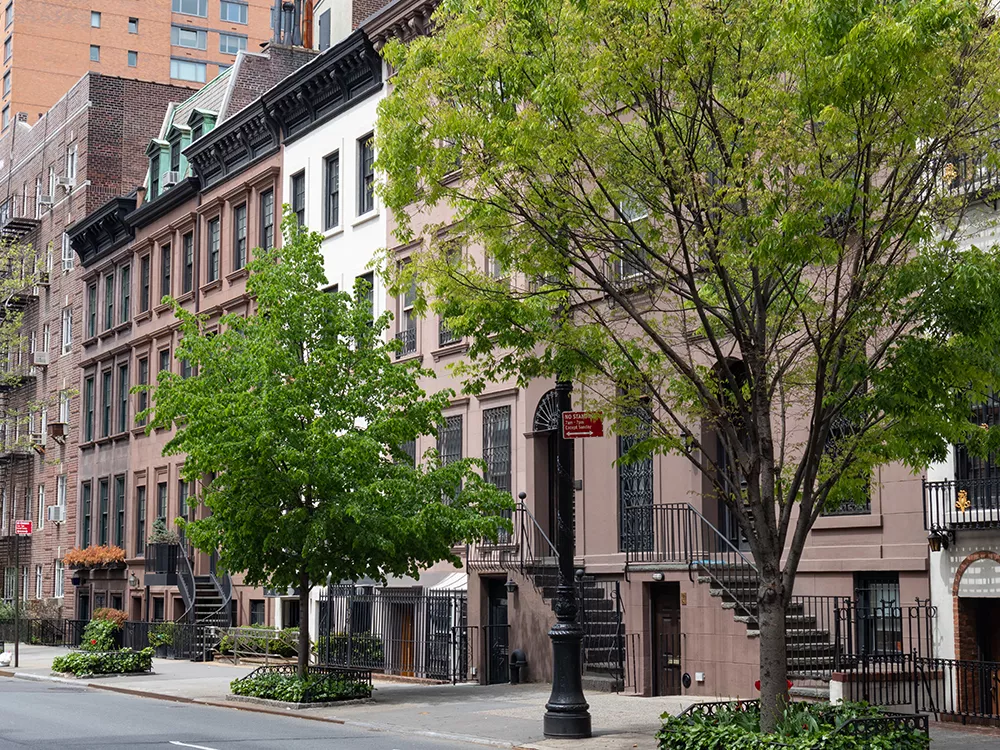The Arbor Day Foundation is pledging 10 million trees to areas impacted by hurricanes Helene, Milton Help us replant
Bulletin
Trees For Better Streets
In his classic book, Great Streets, Allan B. Jacobs wrote, “… for many people trees are the most important single characteristic of a good street.” Whether a busy commercial strip, a downtown area with skyscrapers, or a quiet residential cul de sac, trees can add both beauty and function. Trees make any street a better street, and because of this, they deserve the same status and care as other parts of the city infrastructure.

One day a group of business professionals met with the mayor of a small western city to discuss bringing in a new store.
When they asked about landscaping requirements, he replied, “We don’t have any. We don’t want to burden you folks with something like that.” But, instead of currying favor with the delegation, the mayor was shocked at their response. “When we invest,” they informed the mayor, “we want to protect our investment and know that the guy next to us won’t put in a dumpy-looking place.” They located in a nearby town that had a landscape ordinance.
Trees — the dominant plant in any landscape — have a powerful effect on how any street looks, feels, and functions. Because of this, it is time to view trees not merely as decorations, but rather as valuable services not unlike water mains and streetlights. Some forward-thinking individuals call trees the city’s “green infrastructure.” It is a perspective deserving of wider adoption and one that can pay great dividends.
In This Bulletin
Here’s what’s inside:
- What Trees Do for Streets – how trees can transform the communities they are planted in
- How to Help Street Trees Survive – the growing conditions needed to help these trees thrive
- More Design Considerations – spacing and arrangement can help improve beauty and function
- It All Begins with Will – if people are on board, trees can take center stage

